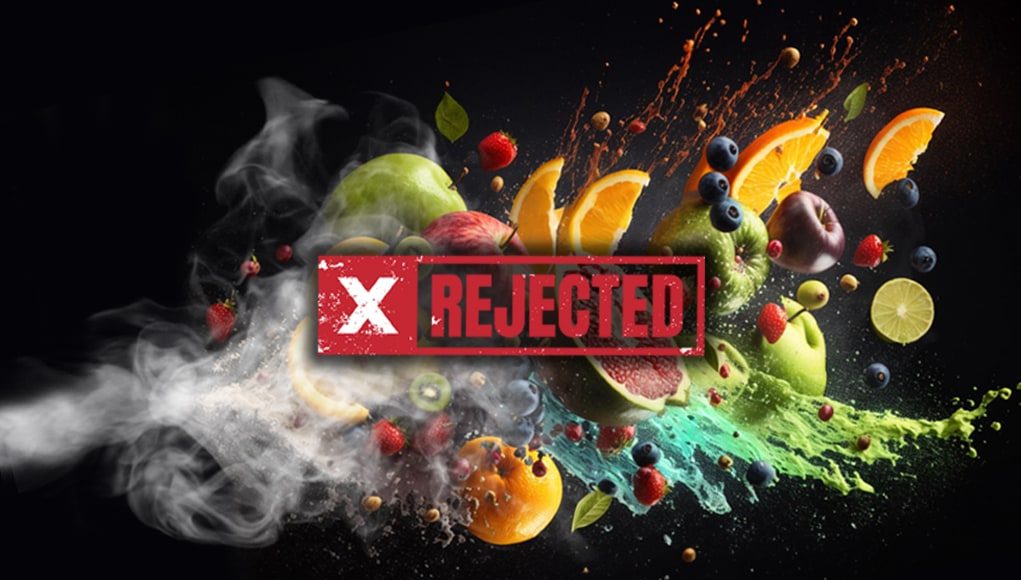On May 1st, the FDA issued warning letters to 14 online retailers for selling unauthorized vaping products that are popular among youth. These products, including disposable e-cigarettes under various brand names like Elf Bar, Esco Bar, and Hyde, have been identified as widely used by young people, with Elf Bar products alone reported by over 50 % of youth vapers.
The retailers in question violated the Federal Food, Drug, and Cosmetic Act by selling products lacking FDA authorization, and have 15 days to respond to the warning letters, outlining steps to rectify the violations and prevent future ones. Failure to comply could lead to further FDA actions such as injunctions, seizures, or civil penalties.
While only a day earlier, the FDA announced a large seizure of unauthorized vapes worth over $700,000 from a warehouse in Alhambra, CA, in collaboration with the U.S. Department of Justice (DOJ). The confiscated products were once again mainly the usual suspects: flavoured disposable vapes from Puff Bar, Elf Bar, and Esco Bar, and are believed to be owned by various California-based distributors.
This marks the first joint seizure of tobacco products by the FDA and DOJ in coordination with the U.S. Marshals Service. The seizure targeted products held by MDM Group, doing business as Eliquidstop.com, after the firm continued to market unauthorized products despite receiving a warning letter in May 2023.
Only 23 tobacco-flavoured e-cigarettes are FDA approved for sale in the US
These actions are part of the FDA’s comprehensive effort to remove unauthorized e-cigarettes, particularly those appealing to youth, from the market. To date, the agency has issued hundreds of warning letters to manufacturers, importers, distributors, and retailers, as well as filed complaints and sought injunctions against violators. The agency has also issued numerous CMPs to retailers, as well as taken action against manufacturers and distributors of unauthorized tobacco products. Currently, only 23 tobacco-flavoured e-cigarette products and devices have FDA authorization for sale in the United States.
Is the FDA’s approach being effective?
Meanwhile, tobacco harm reduction experts offer varying perspectives on the US FDA’s issuance of warnings, civil money penalties (CMPs), and seizures of unauthorized vaping products. Some experts view these actions as necessary steps to regulate the market and protect public health, especially given the prevalence of underage vaping and the potential risks associated with unauthorized products. They argue that such enforcement actions help curb youth access to harmful substances and ensure compliance with regulations.
However, others criticize the FDA’s approach, suggesting that it could inadvertently limit harm reduction opportunities for adult smokers seeking safer alternatives to traditional cigarettes. They argue that excessive regulation and enforcement may hinder access to vaping products for adult smokers, potentially pushing them back to combustible tobacco, which poses greater health risks. Moreover, it pushes the products to the black market, where their safety could be compromised and anyone would have access to them.
More importantly, studies by such experts raise concerns about the effectiveness of punitive measures like CMPs and seizures, suggesting that they may not adequately address the root causes of underage vaping or unauthorized product sales. Overall, while there is consensus on the need for regulation, there are divergent opinions on the most effective strategies for achieving harm reduction goals while balancing public health concerns.
The U.S. FDA And CDC Want More Funding to Finance Their Anti-THR Campaigns








